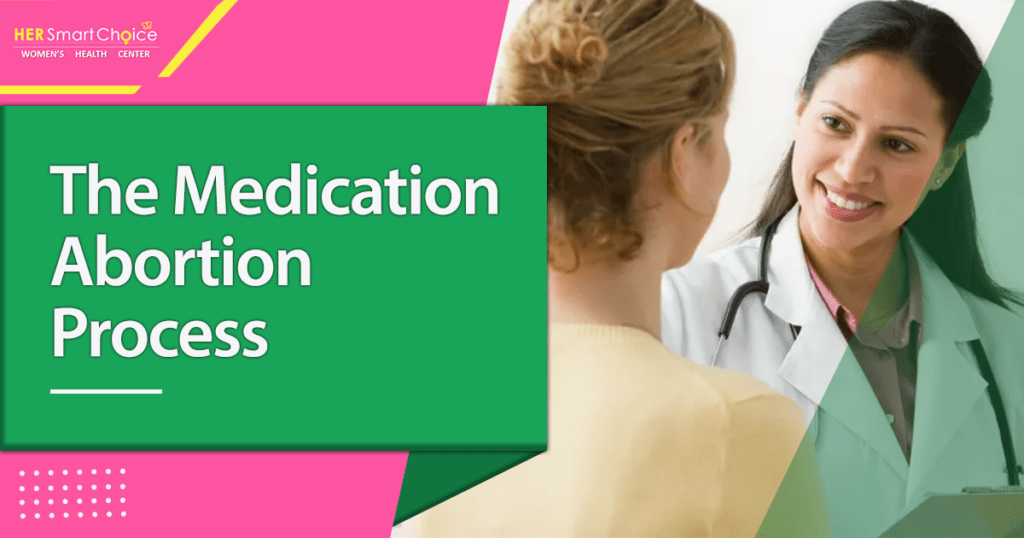Worried About STDs? Reach Out to California Family Planning Clinics
Can I get STD from my partner? Can STD be fatal for me? What if I have STD? Are you also worried about such questions? Well, The good news is you are not alone! It is natural to worry about STDs. STDs are incredibly common, and fortunately, family planning clinics in California are dedicated to providing confidential, affordable testing and treatment. So let’s start with understanding your concern!
What are STDs?
STDs, also known as sexually transmitted infections (STIs), are infections transferred from one person to another person through sexual contact. There are many different types of STDs. Each has different symptoms and impacts on health. Some STDs, like chlamydia and gonorrhea, can be treated easily with antibiotics. However, others, like HIV and HPV, have no cure and can lead to serious health problems if not found timely.
Why is early detection and treatment crucial?
- Prevent complications: Early treatment can prevent the transfer of STDs to your partner(s). It would minimize the risk of developing long-term problems like pelvic inflammatory disease (PID) in women, which can affect their fertility.
- Protect your health: Some STDs can lead to serious health problems, including infertility, certain cancers, and even death. Thus it becomes important to detect STDs timely and get necessary treatment.
- Peace of mind: Getting tested and knowing your status can provide significant peace of mind. You would be able to choose the right course of action for your future.
Common Signs and Symptoms of STDs
Many STDs do not have any visible symptoms, which makes them easy to miss. But you can still watch out for these signs:
- Unusual vaginal discharge or burning sensation during urination in women
- Painful or swollen testicles in men
- Genital sores, warts, or itching
- Pain in the lower abdomen or pelvis
Visit a Doctor and Get Tested
You might feel scared or embarrassed about getting STDs. But Family planning clinics in California can provide your confidential services, ensuring your comfort during the process. Just remember:
- Testing is confidential: As per law, it is mandatory for clinics to protect your privacy. Your test results will not be shared with anyone unless you have given your consent.
- Testing is quick and easy: STD testing usually involves a simple urine test, a blood test, or a swab of the genitals.
- Testing is affordable: Many family planning clinics in California provide free or low-cost STD testing services.
Why Choose Family Planning Clinics in California ?

California is a leader in ensuring accessible and affordable sexual healthcare. Here’s what you can expect when visiting a family planning clinic in California:
- Confidentiality: Clinics prioritize your privacy. All discussions and test results are kept confidential.
- Non-judgmental care: Clinics provide a safe space where you can openly discuss your concerns without worrying about any judgment.
- Qualified healthcare providers: Family planning clinics in California have experienced healthcare professionals who can answer your questions, provide testing, and recommend appropriate treatment options.
- Affordable services: Many clinics offer STD testing and treatment on a sliding scale based on your income. Some may even offer free services.
- Additional resources: These clinics can connect you with additional resources like safe sex education, partner notification services, and mental health counseling.
Conclusion:
Maintaining your physical and mental health should always be your top priority. By getting tested for STDs, you’re not just protecting yourself, but also your partner(s). If not found on time, STDs can have a very bad impact on your health. If you see any symptoms, be brave and Get Tested! STDs are treatable, and many are curable. Don’t let fear or embarrassment stop you from getting the care you deserve.

































